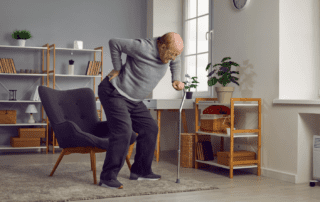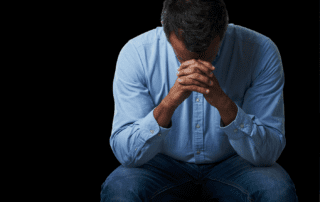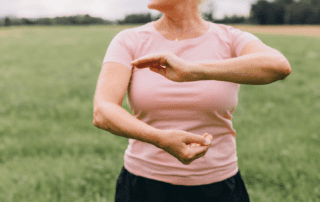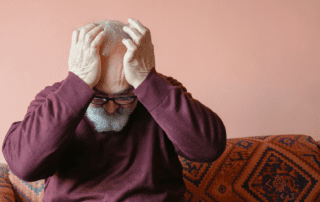Connecting Generations: Six Essential Tips To Combat Social Isolation In Older Adults
As we age, factors such as retirement, loss of a spouse, and physical limitations can increase the risk of social isolation in old age, which can negatively impact our physical and mental health. To combat this, engaging in physical and group activities, utilizing technology for social connectivity, volunteering, considering pet companionship, pursuing lifelong learning opportunities, and engaging with family can help us build and maintain meaningful connections and enhance our social well-being, ultimately improving our overall health and quality of life. It is important to be proactive in seeking new social engagement opportunities to overcome social isolation in old age.










